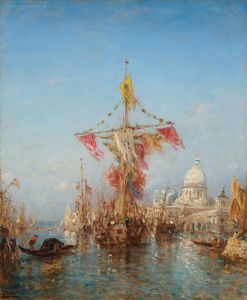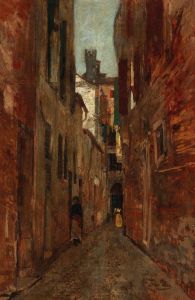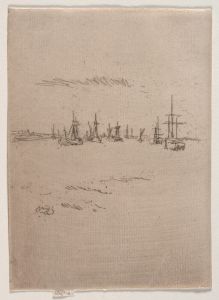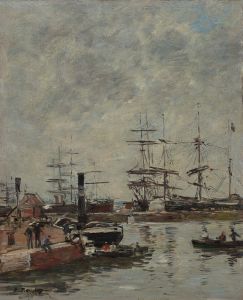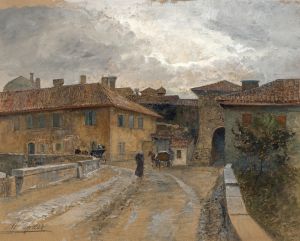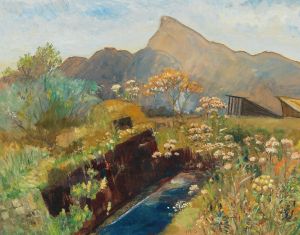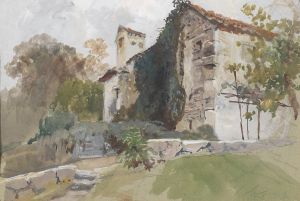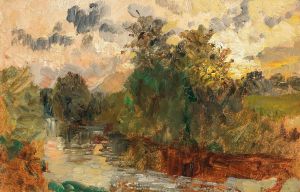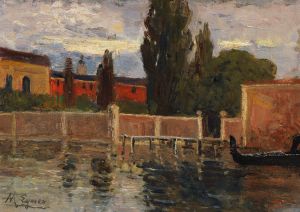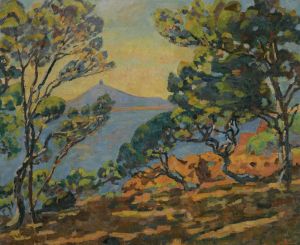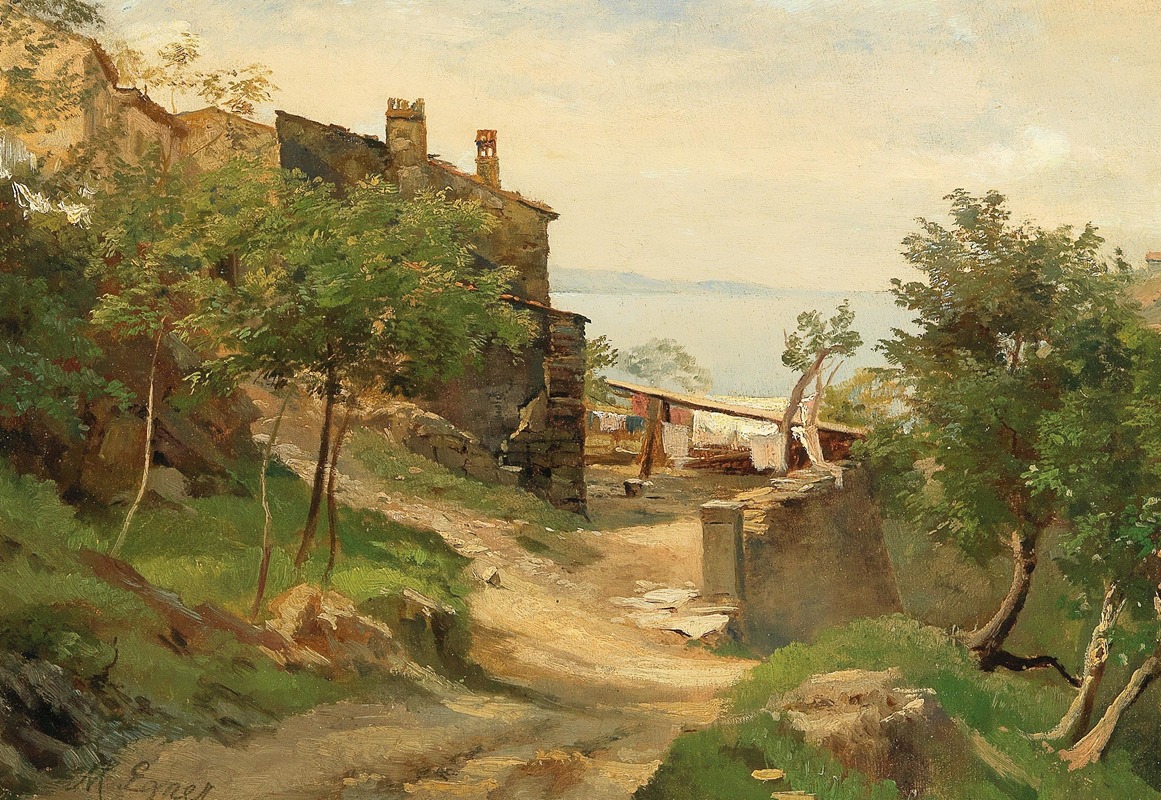
Bei Triest
A hand-painted replica of Marie Egner’s masterpiece Bei Triest, meticulously crafted by professional artists to capture the true essence of the original. Each piece is created with museum-quality canvas and rare mineral pigments, carefully painted by experienced artists with delicate brushstrokes and rich, layered colors to perfectly recreate the texture of the original artwork. Unlike machine-printed reproductions, this hand-painted version brings the painting to life, infused with the artist’s emotions and skill in every stroke. Whether for personal collection or home decoration, it instantly elevates the artistic atmosphere of any space.
Marie Egner (1850-1940) was an Austrian painter known for her contributions to the Impressionist movement. She was born in Bad Radkersburg, Austria, and studied under several prominent artists of her time, including Carl Wurzinger and Emil Jakob Schindler. Egner's work primarily focused on landscapes and floral still lifes, characterized by their delicate brushwork and vibrant use of color.
One of her notable works is "Bei Triest," which translates to "Near Trieste." This painting captures a serene landscape scene near the city of Trieste, located on the northeastern coast of Italy, close to the border with Slovenia. Trieste was a significant cultural and commercial hub during Egner's lifetime, and its picturesque surroundings provided ample inspiration for artists.
"Bei Triest" exemplifies Egner's skill in capturing the natural beauty of a landscape with a keen eye for detail and a soft, impressionistic touch. The painting features a tranquil scene with lush greenery and a calm body of water, possibly a river or a lake, reflecting the surrounding foliage. The composition is balanced and harmonious, drawing the viewer's eye through the scene and inviting them to linger on the subtle interplay of light and shadow.
Egner's use of color in "Bei Triest" is particularly noteworthy. She employs a palette of greens, blues, and earthy tones to create a sense of depth and atmosphere. The brushstrokes are loose yet controlled, giving the painting a sense of movement and life. This technique is characteristic of the Impressionist style, which sought to capture the fleeting effects of light and color in the natural world.
Marie Egner was part of the Austrian art scene during a time of significant change and innovation. She exhibited her work in various prestigious venues, including the Vienna Künstlerhaus and the Secession, an art movement that sought to break away from traditional academic art and embrace new, modernist approaches. Despite the challenges faced by female artists in the 19th and early 20th centuries, Egner managed to establish herself as a respected and influential figure in the art world.
Egner's legacy is preserved through her numerous works, which continue to be appreciated for their beauty and technical skill. "Bei Triest" remains a testament to her ability to capture the essence of a landscape and convey a sense of peace and tranquility through her art. Today, her paintings can be found in various public and private collections, serving as a reminder of her contribution to the Impressionist movement and the broader history of art.
In summary, "Bei Triest" by Marie Egner is a beautiful example of her landscape painting, showcasing her talent for capturing the natural world with an impressionistic style. The painting reflects the serene beauty of the area near Trieste and highlights Egner's skillful use of color and composition. Her work continues to be celebrated for its artistic merit and historical significance.





